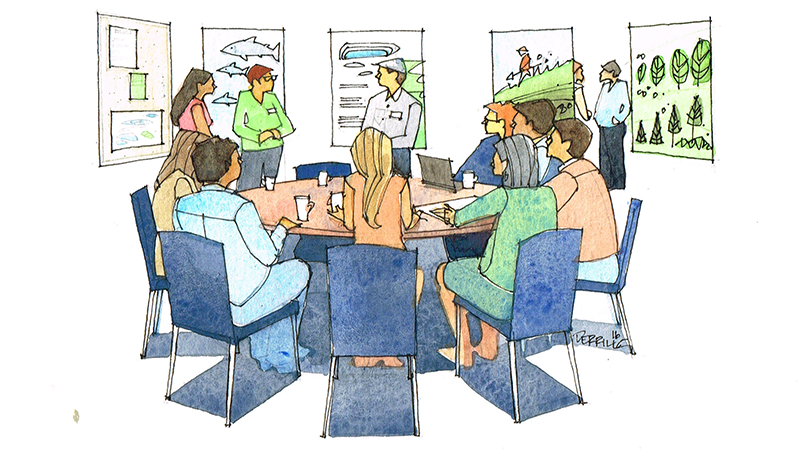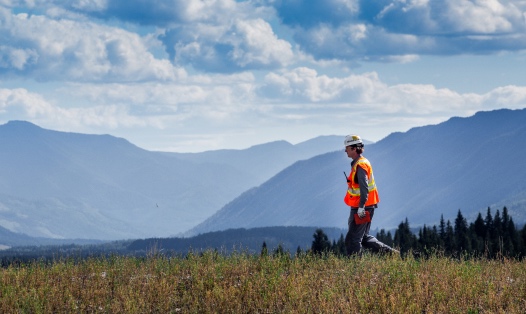As part of our ongoing process of planning for closure at each of our mines, we develop an End Land Use Plan (ELUP) to determine the objectives for reclamation after mining concludes. At our Highland Valley Copper (HVC) Operations in British Columbia, the previous ELUP was developed almost 20 years ago and required significant updates. As HVC is located within the traditional territory of the Nlaka’pamux Nation, it was essential that this new land use plan reflect the priorities of Nlaka’pamux communities.
In 2015, a collaboration and engagement process was initiated to bring together HVC, Nlaka’pamux community members and technical representatives. The goal of this work was to create a plan that is meaningful to the Nlaka’pamux community and to be guided by their feedback on what the post-mining landscape will look like and what uses the land should provide.
Two groups were established to guide the development of the ELUP. The first was a Community Working Group (CWG) with representation from HVC and Nlaka’pamux communities, that discussed community interests and traditional land-use objectives, such as hunting, gathering and fishing, and shared information and concerns related to the mine. The second was a Technical Working Group (TWG) with representation from Nlaka’pamux Nation Tribal Council, Citxw Nlaka’pamux Assembly and the Lower Nicola Indian Band, which guided incorporation of community feedback into the ELUP and provided feedback on the draft plan.
The CWG held four open community meetings, conducted a door-to-door survey of community members to gather feedback and conducted a mine site tour to learn first-hand about reclamation practices and land use planning. The TWG also held four meetings to guide engagement activities and review the ELUP. In 2016, the final ELUP was reviewed and supported by the TWG.
The new End Land Use Plan will now guide HVC’s reclamation work and research for the next five years, throughout which we will continue to engage with the Nlaka’pamux community. In 2020, the plan will be reviewed and updated in cooperation with the Nlaka’pamux to ensure it remains relevant and continues to reflect their priorities for land use after mining is completed.

